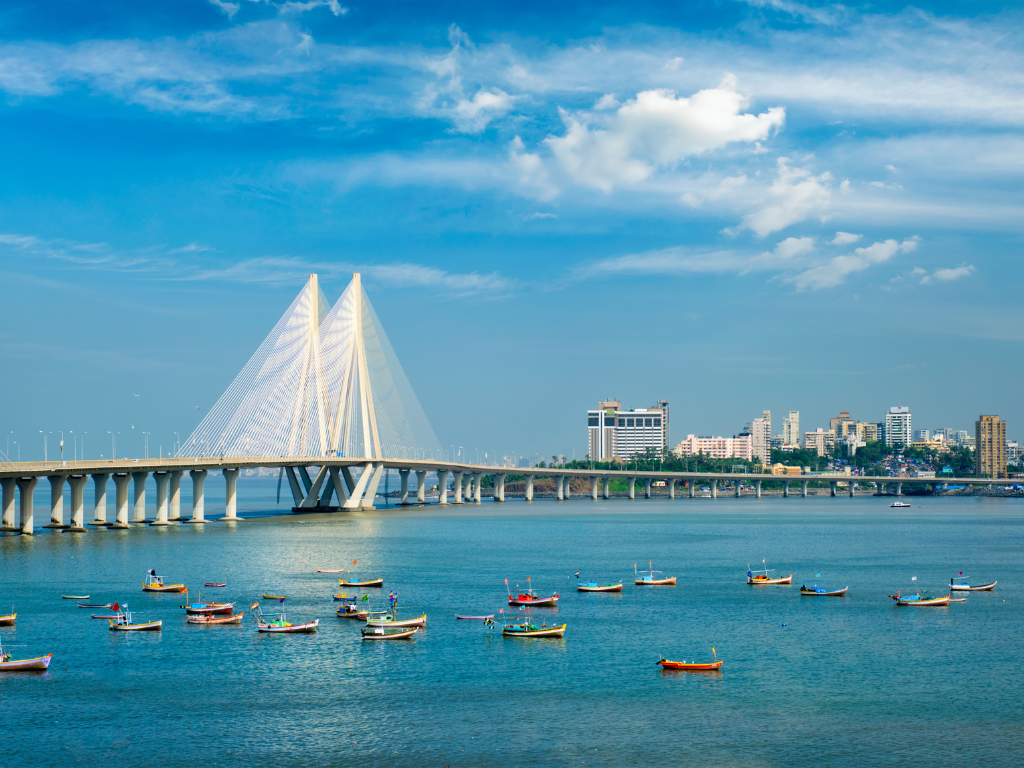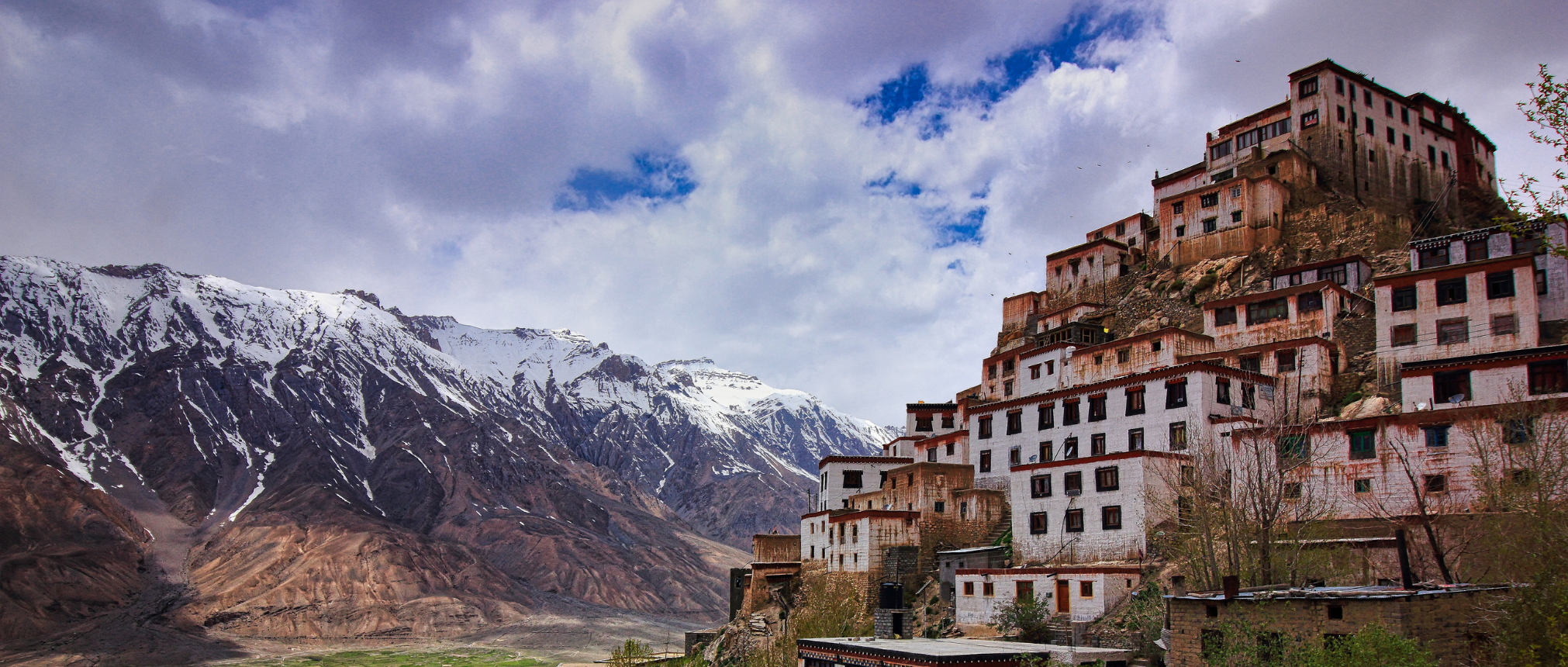
Unravelling Metro Projects: Insights from Real Cases
Every construction project carries its own tale of triumphs and trials. By delving into specific case studies, we can uncover the intricacies of each project, understanding what contributes to its success or poses challenges. In this blog, we’ll embark on an insightful journey into various metro projects across India, focusing on renowned metro systems such as the Kolkata Metro, Delhi Metro, Bangaluru Metro, and Chennai Metro. Through comparative analysis, we’ll gain invaluable insights and lessons from these endeavours.
Kolkata Metro, Metro Railway Kolkata & Kolkata Metro Rail Corporation
Since 1984, the first metro rail system in India – Kolkata Metro, recently had a groundbreaking addition – an underwater tunnel beneath the Hooghly River. Stretching 16.6 km, with 10.8 km underground, it is India’s deepest. Six stations, including three underground, connect Kolkata’s eastern and western suburbs. Powered by Automatic Train Operation (ATO), it promises efficient journeys, with fares starting at just ₹5. The only metro rail system in India to be owned solely by the Indian Railways, it reflects Kolkata’s resilience and innovation, symbolizing the city’s blend of tradition and progress as expansion plans unfold. Urban congestion posed significant challenges during construction, requiring careful planning to minimize disruptions and ensure safety. Elevated viaducts showcase innovative engineering, navigating dense urban landscapes. Challenges were overcome through meticulous planning, addressing environmental concerns, and coordinating construction amidst a dense population. Despite obstacles, the completion of Kolkata Metro’s infrastructure stands as a testament to human ingenuity, enhancing urban mobility and connectivity in Kolkata.
Delhi Metro, Delhi Metro Rail Corporation (DMRC)
The Delhi Metro stands as a beacon of successful metropolitan infrastructure development in India. Since its inception in 2002, the DMRC has expanded significantly, ranking among the world’s largest metro networks. Its reliability, cleanliness, and punctuality have set benchmarks for metro projects nationwide. Its success is attributed to meticulous planning, effective project management, and innovative financing strategies. The success of Delhi Metro Rail System, has led DMRC to take up projects even outside India, apart from guiding new metro rail projects in India.
Bangalore Metro – Namma Metro, Bengaluru Metro Rail Corporation Limited (BMRCL)
Contrastingly, the Bangalore Metro project has encountered numerous challenges since its inception in 2011. Hindered by funding constraints, legislative hurdles, and delays in land acquisition, the project has faced significant setbacks and cost overruns. Despite these challenges, recent years have seen gradual progress, with phases of the metro network becoming operational. Insights from Bangalore Metro underscore the importance of early stakeholder involvement, streamlined decision-making processes, and equitable resource allocation.
Chennai Metro, Chennai Metro Rail Limited (CMRL)
Initiated in 2007-08, the Chennai Metro project commenced construction in February 2009. Despite facing hurdles in financing, land acquisition, and stakeholder collaboration akin to Bangalore, it has showcased resilience in overcoming these challenges. With Phase 1 completed and Phase 2 underway, the Chennai Metro is reshaping the city’s public transport landscape. Key lessons from Chennai Metro highlight the significance of robust risk management, transparent communication channels, and vigilant oversight of project finances and timelines.
Comparative Evaluation and Takeaways:
Analysing these metro projects offers valuable insights into the factors influencing project success or failure. While each project has its unique circumstances and obstacles, several recurring themes emerge:
– Optimal Planning and Execution: Projects like the DMRC underscore the importance of meticulous planning and effective execution from the start. Sustaining momentum requires proactive risk management, well-defined deliverables, and precise timelines.
– Urban Congestion: Kolkata’s dense population and congested streets posed significant challenges during construction. Navigating through crowded areas required careful planning to minimize disruptions and ensure safety. Strategic Station integration, multi-modal urban transport with park-and-ride facilities enhances last-mile connectivity. Traffic management measures and community engagement ensure efficient and sustainable urban mobility.
– Stakeholder Collaboration: Prioritizing stakeholder engagement and collaboration is paramount at all stages of successful projects, especially in the world’s most populous cities. Meaningful collaboration among public and private sectors, local communities, and other stakeholders is essential for progress and overcoming challenges.
– Innovative Financing Frameworks: Embracing innovative financing mechanisms can overcome financial constraints and ensure the long-term sustainability of infrastructure projects. Public-private partnerships (PPPs) and Govt led innovative financing vehicles to provide debt solutions play a crucial role in project viability.
– Adaptability and Resilience: Construction projects demand resilience and adaptability to navigate unforeseen challenges. Flexibility in project design, procurement strategies, and resource allocation mitigates risks and maximizes outcomes.
In Conclusion:
The case studies of Indian metro projects offer profound insights into the complexities of overseeing large-scale construction endeavours. By examining both successful and challenging scenarios, we gain a deeper understanding of the factors influencing project outcomes and strategies for overcoming obstacles. Spread across 17 cities, the fourth longest metro network in the world, offers insights which are invaluable for shaping the trajectory of India’s future infrastructure development initiatives, ensuring sustainable growth and economic prosperity.




Leave a comment